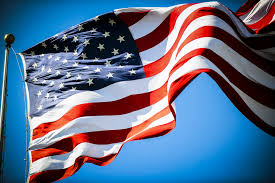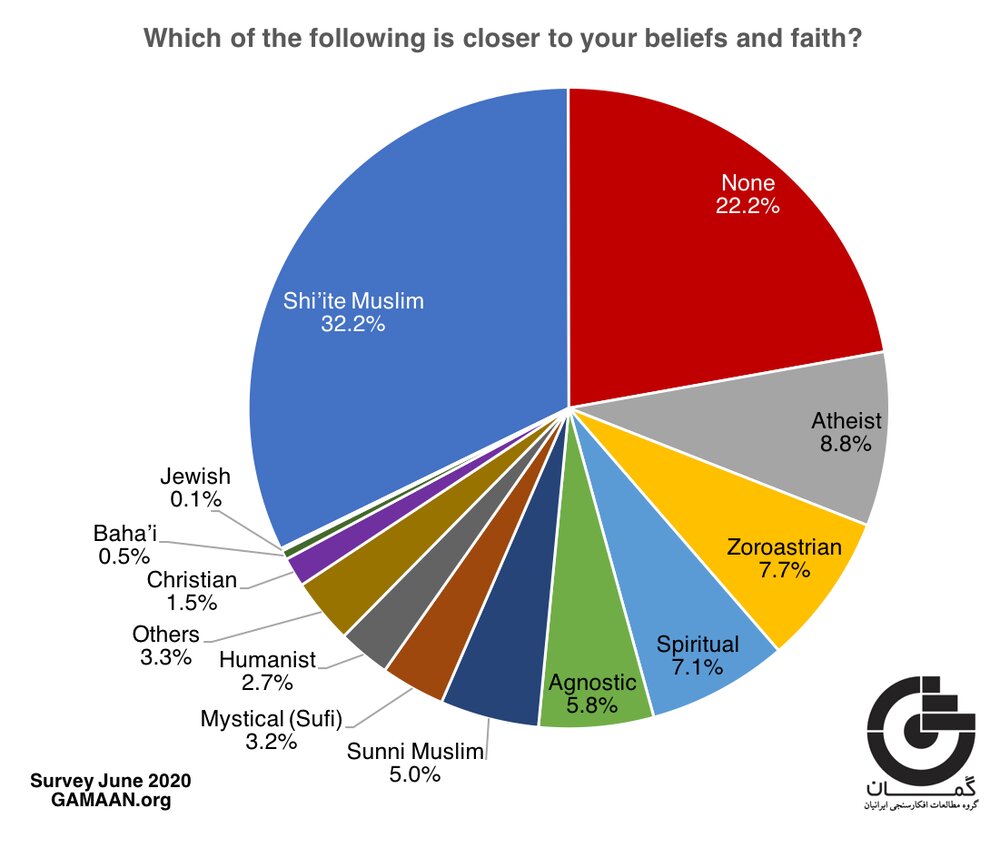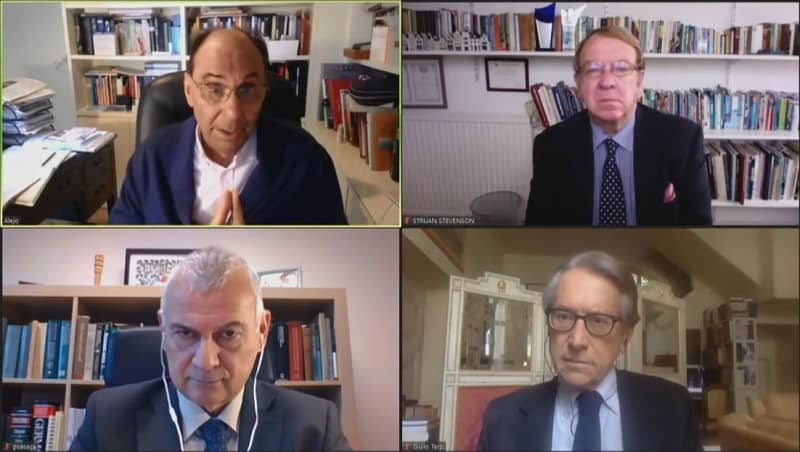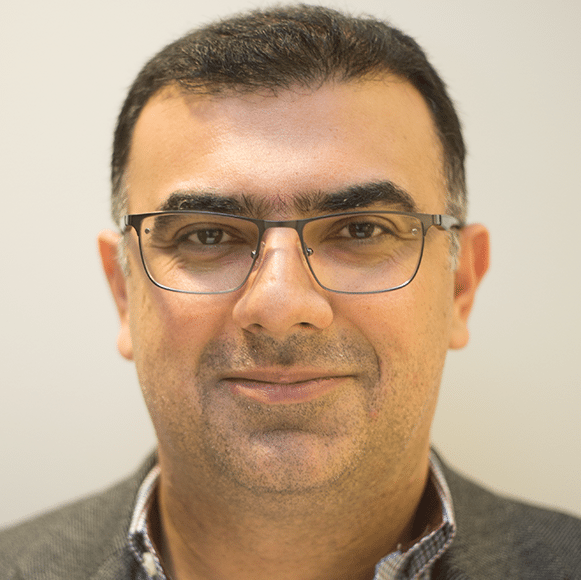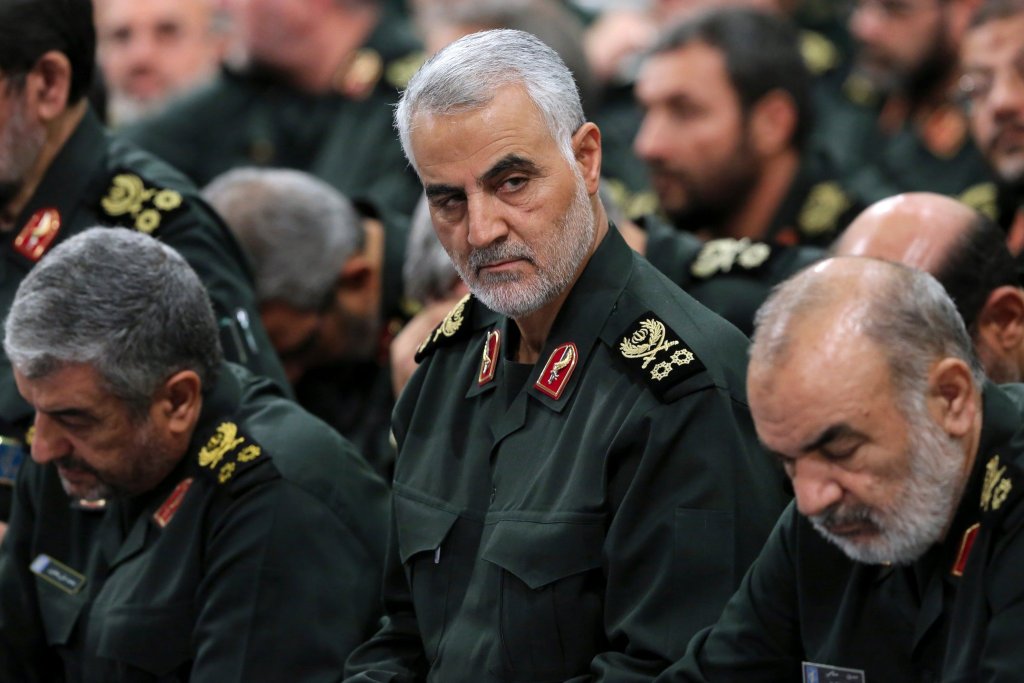سهراب احمری، خبرنگار ارشد نیویورک پست: تا زمان تولد نیروی جایگزین جمهوری اسلامی، حمایت آمریکا از مردم ایران فایده ندارد
«سهراب احمری»، سردبیر بخش«دیدگاه» روزنامه«نیویورک پست» معتقد است جمهوری اسلامی با وجود فشار زیاد ناشی از تحریمها حاضر به مذاکره با آمریکا نخواهد شد. متن زیر چکیده سخنان این روزنامه نگار ایرانی-آمریکایی در همایش مجازی انجمن جمهوری خواهان ایران(واشنگتن دی سی) در مورد تاثیر انتخابات ریاست جمهوری آمریکا بر سیاست ایران است که روز 25 اکتبر برگزار شد:
سیاست فشار اقتصادی بر جمهوری اسلامی و دیگر گروههای متخاصم آمریکا در خاورمیانه در صورت انتخاب مجدد او ادامه خواهد یافت. ترامپ در مورد کشورهای اروپایی هم همان سیاست بازگرداندن مسئولیت بر شانه خود آنها را ادامه داده است. او به کشورهای اروپایی در مورد بودجه ناتو هشدار داده اگر میخواهند امنیت خود را حفظ کنند باید دو درصد تولید ناخالص داخلی خود را به ناتو اختصاص دهند.
دولت آمریکا البته بسیار به مذاکره با جمهوری اسلامی علاقمند است و اخیراً آقای پومپیو اعلام کرد که جمهوری اسلامی حتی اگر دو سه قدم از دوازده شرط مذاکره را انجام دهد مذاکره خواهد کرد. به نظر من جمهوری اسلامی هیچ جرکتی در این جهت نمیکند و تحریمها ادامه خواهد داشت و حکومت ایران همچنان با وجود فشار بر مردم ایران به کار خود ادامه خواهد داد.
سوال در مورد میزان حمایت رئیس جمهور آمریکا از جنبش اعتراضی در ایران زمانی جدی خواهد شد که کسی یا کسانی در ایران به عنوان جانشینان جمهوری اسلامی معرفی شوند. تا امروز چنین اتفاقی نیفتاده است. اعتراضاتی که در چند سال اخیر هم در ایران جریان داشت، اعتراضاتی بدون رهبر و بدون راهبردی مشخص بودند.
ترامپ شاید در دور بعدی ریاست جمهوری خود با توییت کردن، سخنرانی یا مصاحبه باز هم حمایت خود را از اعتراضات مردم ایران نشان دهد، امَا این پیغامها تا زمانی که هیچ قدرت آلترناتیو جمهوری اسلامی شناخته نشده فایده چندانی نخواهد داشت. ما نیروهای مخالف جمهوری اسلامی در ایران و خارج از ایران زیاد داریم، اما هیچ کدام تا امروز رسماً اعلام نکردند که میخواهند جانشین جمهوری اسلامی شوند.
قدرت رئیس جمهور در آمریکا تقریباً نامحدود است و رئیس جمهور بعدی هر کس باشد میتواند به راحتی هر تحریمی را که با آن مخالف است از کار بیندازد.
سوال در مورد حمایت ترامپ در دور احتمالی آینده ریاست جمهوری خود از خواست دموکراسی خواهانه مردم ایران زمانی جدی خواهد شد که چنین نیرویی به مردم و به دنیا معرفی شود. تنها در آن لحظه تاریخی است که پیغام ترامپ به مردم ایران در حمایت از اعتراضات آنان، می تواند در حرکت به سمت دموکراسی موثر باشد. در غیر این صورت، در چهار سال آینده هم مانند چهل سال قبل به همین روال طی خواهد شد. چون نیروی جانشین واقعی برای جمهوری اسلامی وجود ندارد.
باید این را پذیرفت که دونالد ترامپ به هیچ وجه به دنبال تغییر رژیم در ایران نیست. این تحریم ها هم که تا امروز بر ایران اعمال کرده، به نظر من با سر کار آمدن یک رئیس جمهور دیگر به راحتی قابل حذف هستند. در مورد تحریم های اقتصادی، بانکی و نفتی که ترامپ بر ایران اعمال کرده هم باید چند نکته را در نظر داشت.
اول این که در آمریکا نیروهایی هستند که معتقدند این تحریم ها هیچ اثری بر مردم ندارد و تنها جمهوری اسلامی را نشانه گرفته است. این تحلیل ها قطعاً دروغ است. هر چند تحریم آمریکا بر نیروهای امنیتی و نظامی جمهوری اسلامی بی تأثیر نبوده و تا همین الان هم بارها در مورد تأثیر این سیاست فراوان شنیدهایم. اما این تحریم ها فشار گستردهای را بر مردم ایران هم وارد کرده است.
ولی اطمینان دارم هر زمانی که در ایران یک«دولت عادی» بر سر کار بیاید این تحریم ها هم برچیده خواهد شد و مردم ایران می توانند زندگی عادی خود را از سر بگیرند. حکومتی که با استفاده از هواپیمای مسافربری، نیروی نظامی به سوریه اعزام می کند دولتی عادی نیست.
حکومتی که با کشتی مسافربری، نیروی شبه نظامی به آفریقا اعزام می کند، حکومتی عادی نیست. تمام این حرکات جمهوری اسلامی برای او و البته برای مردم ایران بهایی دارد که در حال حاضر در حال پرداختن آن هستند.

